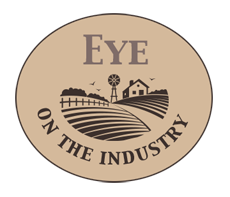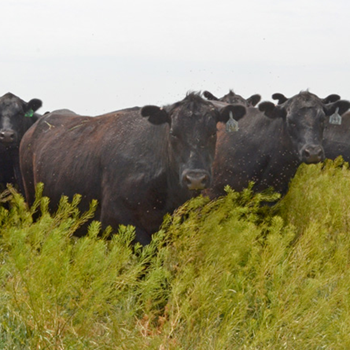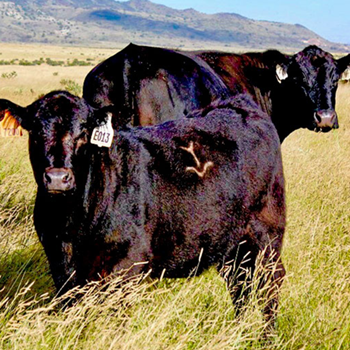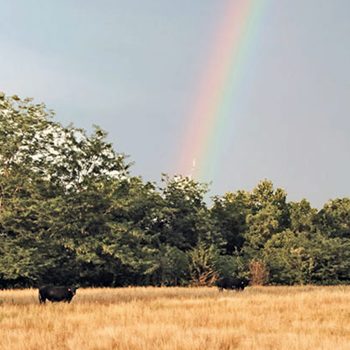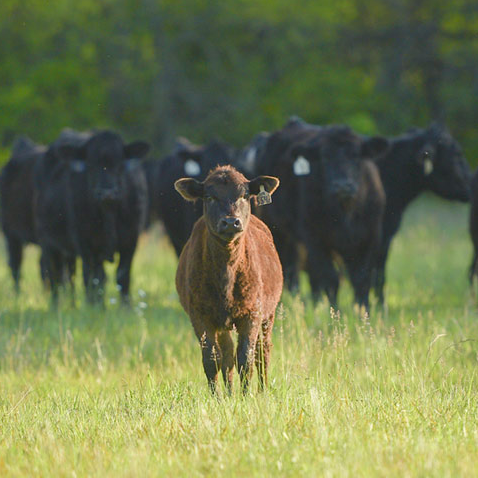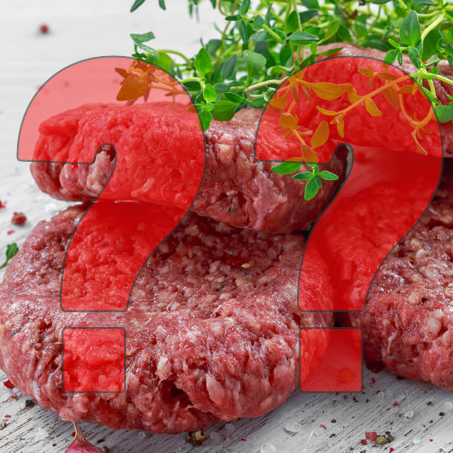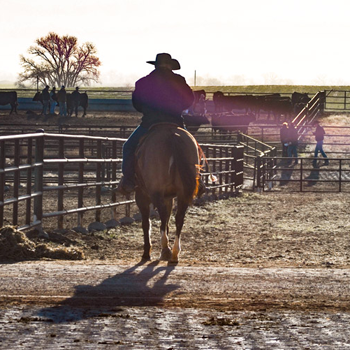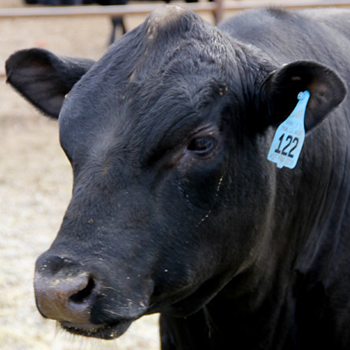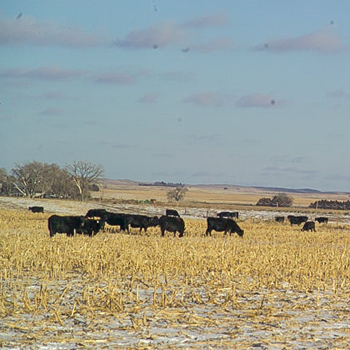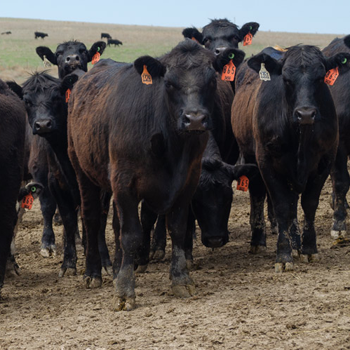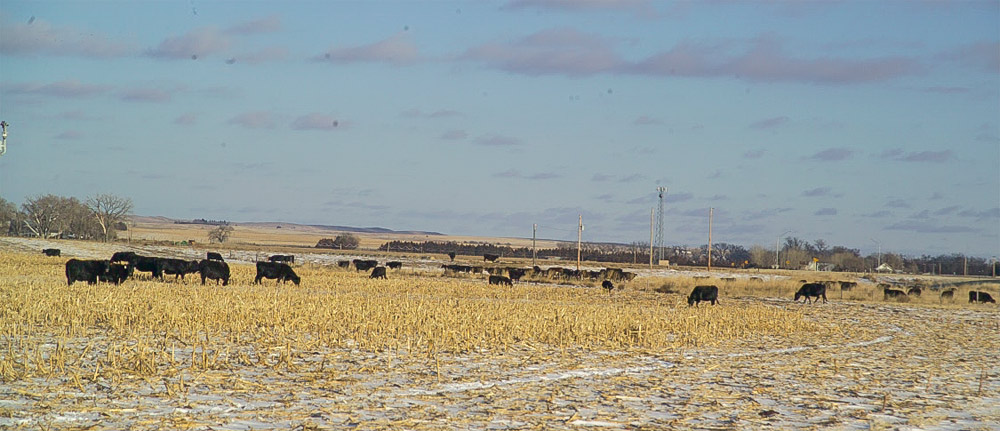
Nutrition Myths Busted
Nutritionists offer top 10 most-heard nutrition myths.
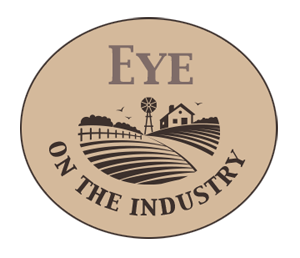
“This is a presentation born of frustration,” stated cow-calf nutritionist Dusty Abney, explaining that he and colleague Wesley Moore felt compelled to respond to at least some of the misinformation that circulates among patrons of local cafés scattered all across cow country. That’s why the Cargill Premix and Nutrition beef technical specialists conducted their Cattlemen’s College myth-busting session during the 2020 Cattle Industry Convention, hosted Feb. 5-7 in San Antonio, Texas.
Abney said not all cow nutrition myths could be addressed in the allotted time, so the session focused on those probably heard most often — the “top 10” — with he and Moore addressing them in tag-team fashion.
- 1) All my cows weigh 1,200 pounds.
According to Abney, producers often underestimate the mature weight of their cows and may not consider that cow weight can fluctuate considerably by season. He reminded the audience that maintaining body condition is critical to reproduction.
Skinny cows don’t cycle and breed back on time.
“They do good things for fetal programming, they don’t milk well, and they don’t last as long in the herd,” Abney warned. “But don’t go too far the other way, spending money to get cows above body condition score 5.5 or 6.” - 2) All feed is created equal.
Addressing this myth, Wesley Moore reminded producers there are significant differences among feed ingredients, whether they supply protein or energy, and all ingredients should be evaluated for their respective contributions to the diet. - 3) “Fat” is good on a replacement heifer.
Abney said making replacement females too fat is a common mistake, because many producers just like the looks of fleshy heifers. However, too-fat heifers can be hard to breed and hard to calve, with increased incidence of dystocia. Overconditioned heifers may not milk well and may not breed back on time for their second calf.
“My rule of thumb is to target 1.5 pounds of gain per day when developing females — never more than 2 pounds per day,” advised Abney. - 4) “Fat” on the feed tag equals calories in the diet.
“Fat content doesn’t necessarily guarantee high energy content. It depends on the fiber source,” said Moore. - 5) Hay is cheap, and it’s all a cow really needs.
Many producers never test their hay, and it often is not as good as they think it is. Low-quality hay means low digestibility and low intake due to slow passage rate. Abney said that even when a cow has access to all the poor-quality hay she can eat, she may not be able to eat enough to meet her energy requirements. - 6) Cheap hay just needs some protein.
Abney cautioned that protein supplement doesn’t necessarily fix the problem of poor-quality hay. “Test your hay every year and supplement to fill the nutritional gaps,” he advised. - 7) Creep-feeding calves is always too expensive.
According to Moore, creep-feeding is not always profitable, but it may be if the value of added calf gain exceeds the cost of creep feed. Never say “always,” and never say “never.” - 8) Feeding pregnant cows makes calves too big and causes dystocia.
While cow diets can affect calf weights at birth, Moore said it doesn’t necessarily increase the incidence of dystocia. The exception would be in the case of the obese cow. He advised careful attention to cow nutrition during the third trimester of gestation. - 9) Salt is all the mineral that cows need.
According to Abney, a complete mineral program is important to herd health. “Remember that trace mineral salt is still primarily salt, with some added trace minerals. It is not a complete mineral program,” he said. - 10) Magnesium is the most important mineral.
“Magnesium supplementation can be important to older, lactating cows whose diets are high in potassium, which could happen when they’re grazing fast-growing, highly vegetative forages. That’s the grass tetany situation,” said Moore.
However, he explained that phosphorus or calcium typically are more apt to be lacking in cow diets. Because magnesium has a bitter taste, feeding high-magnesium year-round could result in decreased intake of the mineral supplement, resulting in deficiencies of other specific minerals. Because high-magnesium mineral costs more, feeding it unnecessarily wastes money.
In conclusion, Abney emphasized that balanced nutrition is the key. He advised producers to make sound nutrition management decisions based on facts and not coffee-shop chatter. When in doubt, seek assistance from experts. Help is available.
Editor’s note: Troy Smith is a cattleman and freelance writer from Sargent, Neb. Photo by Kasey Brown.
